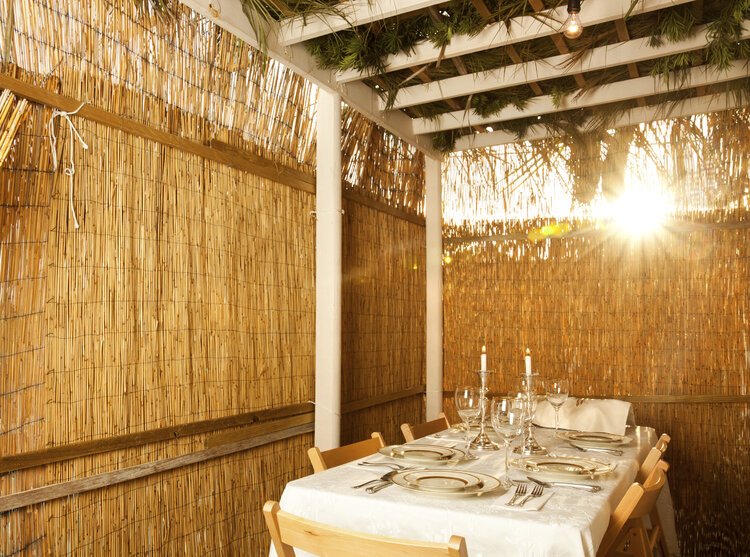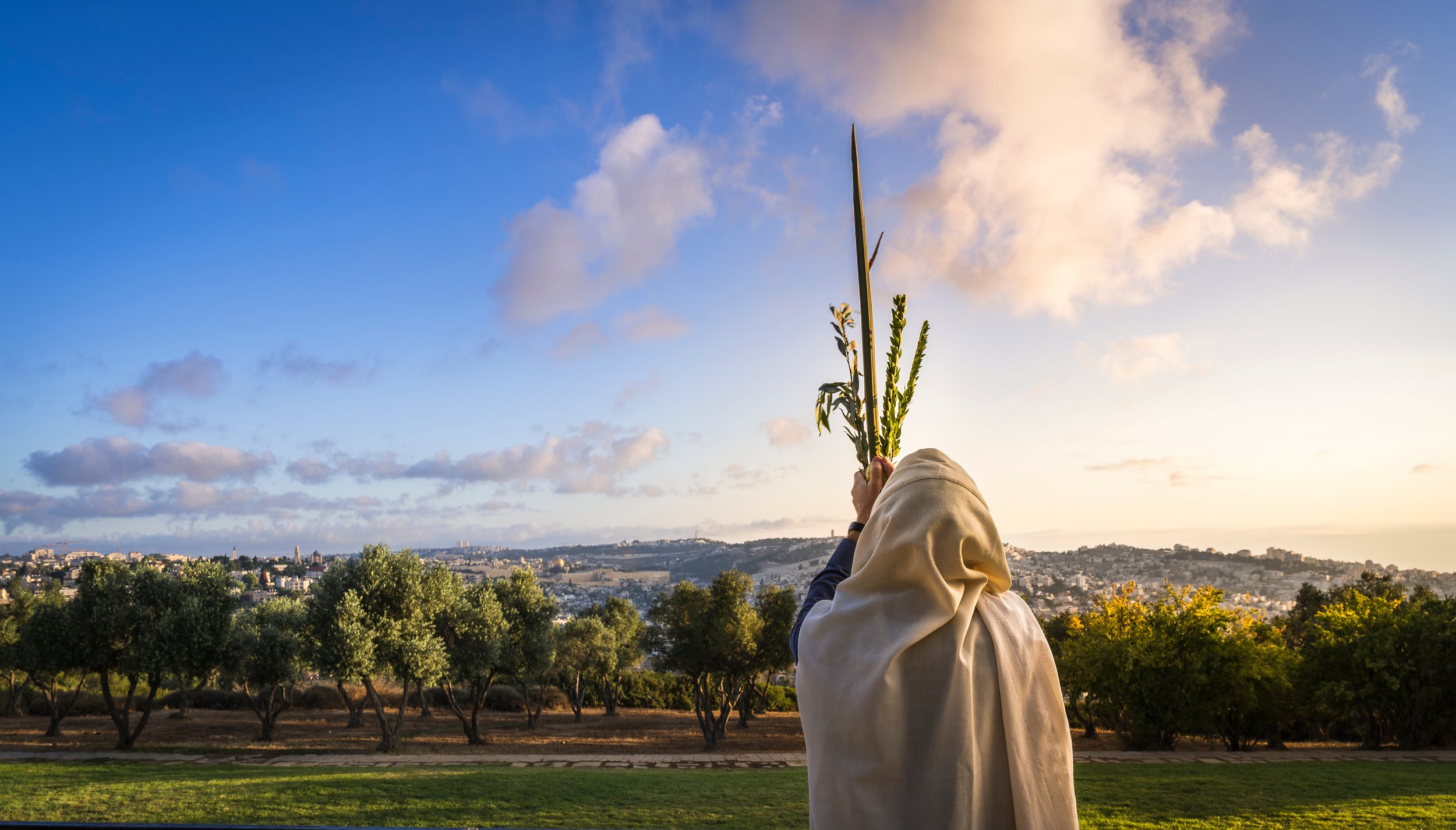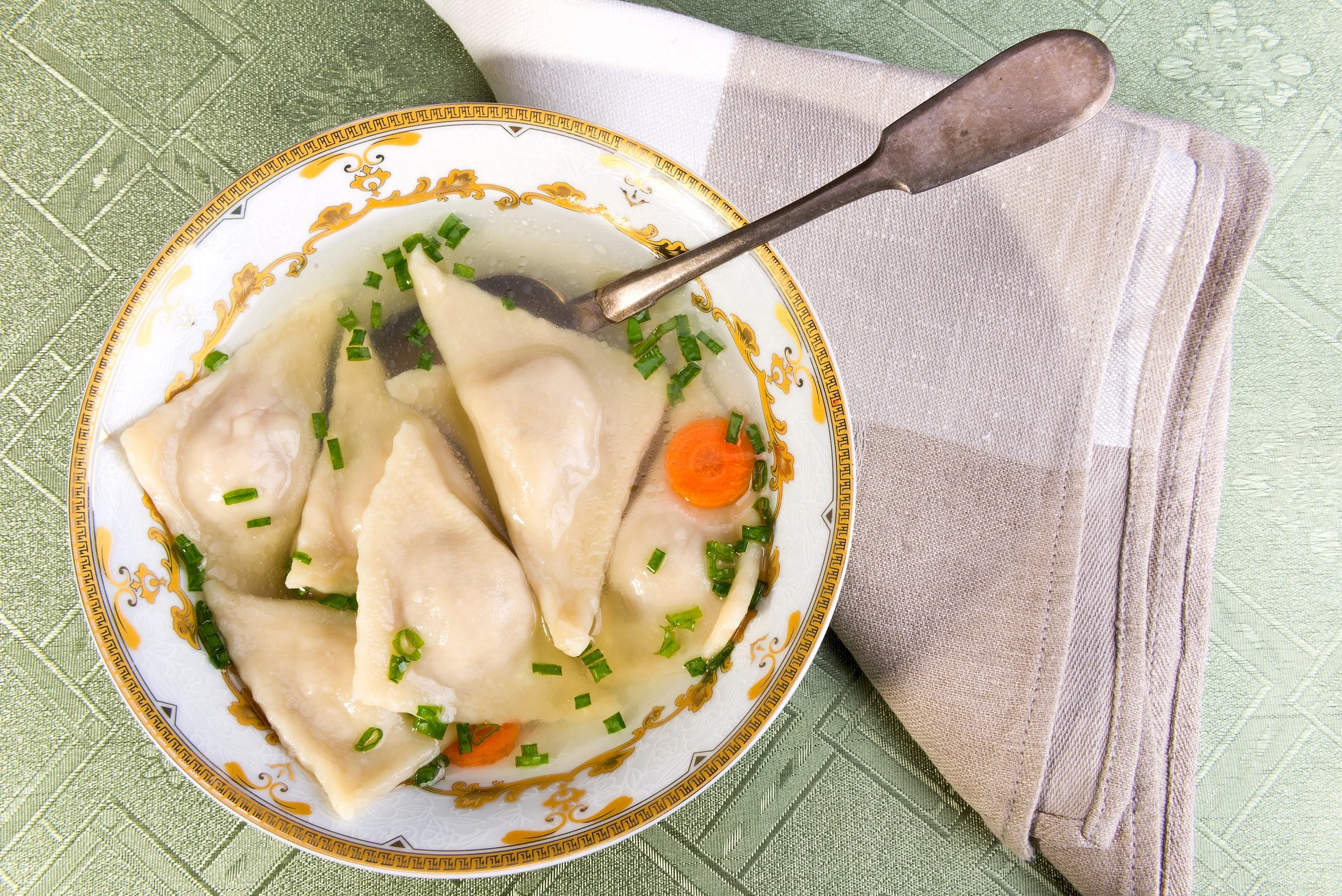Sukkot
The Feast of Tabernacles
What is Sukkot?
Sukkot, known in English as the Feast of Tabernacles, is an annual, weeklong celebration of God’s provision during Israel’s 40-year wilderness sojourn after escaping slavery in Egypt.
Observed in September or October
Greeting:
Chag Sameach!
(Happy Holiday!)
What is the background of Sukkot?
The Scriptures mandated that during Sukkot, certain daily sacrifices should be offered (Numbers 29:12–39), the people should dwell in booths and rejoice before the Lord with branches (Leviticus 23:33–43), and, when Sukkot fell during a sabbatical year, the Law should be read publicly during the feast (Deuteronomy 31:10–13). Traditionally, Sukkot was observed after all crops had been harvested and gathered (see Exodus 23:16, 34:22).
Sukkot is one of the three pilgrim feasts – along with Passover and Shavuot (Pentecost) – during which all Jewish males were required to appear before the Lord in the temple (Exodus 23:17, 34:22–23; Deuteronomy 16:15). Thus, before the temple was destroyed, Jewish pilgrims used to flock to Jerusalem for Sukkot. Upon arrival they would build sukkot (temporary shelters) along the streets, hills, and fields within a day’s journey of the temple. At sundown, the blast of the shofar from the temple would announce the arrival of the holiday.
What Are the Four Species (Arbat Ha’minim)?
Central elements of Sukkot include:
a type of citrus fruit (called etrog)
palm fronds (lulav)
leaves of the myrtle tree (hadas)
leaves of the willow tree (aravah)
These items are held together in a bundle and waved as a symbol of the harvest and God’s presence throughout the entire world.
How is Sukkot celebrated today?
Today the sukkah remains the primary symbol of Sukkot. As soon as Yom Kippur ends, Jewish families begin constructing their personal sukkah on their patios, porches, or backyards.
The sukkah, constructed with at least three walls and a roof sparsely thatched with branches, recalls Israel’s hastily built homes in the wilderness. The inside is decorated with colorful fruits and vegetables representing the harvest. During the Feast of Tabernacles, Jewish families eat their meals in their sukkah (some even sleep in it!) and it’s considered a mitzvah (good deed) to invite others for a meal.
What are traditional Sukkot foods?
Unlike other Jewish holidays, Sukkot doesn’t really have traditional foods, other than kreplach, small dumplings filled with meat. Instead, the focus is on where the meals are eaten: inside the sukkah.
Many families take their cue from the harvest theme and feature fresh fruits and vegetables on the menu.
What is Sukkot’s significance to believers?
When the Messiah sets up His millennial kingdom, He will gather the Jewish remnant back to Israel (Isaiah 27:12–13, 11:11–12; Jeremiah 23:7–8). In those days, the nations will come to worship God in Jerusalem and join in celebrating Sukkot. Nations who refuse will receive no rain upon their lands (Zechariah 14:16–17).
It’s interesting to note that when we see references to God dwelling with His people, the language used evokes images of the Feast of Tabernacles. In speaking of the future eternal state, Revelation 21:3 says, “Behold, the tabernacle of God is among the people, and He will dwell among them.” Sukkot, the Feast of Tabernacles, is a remembrance of Israel’s time wandering in the desert, where God dwelt in the midst of His people. It is also a look forward to the time when God will dwell among His people for eternity.




